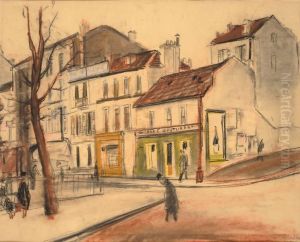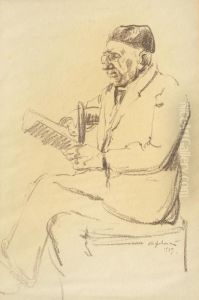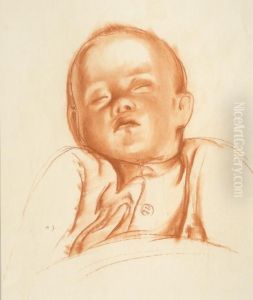Andrus Johani Paintings
Andrus Johani was an esteemed Estonian painter, born in 1906 in Kõnnu, present-day Estonia. Despite his short life, Johani left a significant mark on the Estonian art scene, contributing to the development of modernist trends in the country during the early 20th century. His work, characterized by a nuanced understanding of color and form, bridges the gap between traditional Estonian art and the emerging European modernist movements of his time.
Johani's artistic journey began at the Pallas Art School in Tartu, one of the most influential art institutions in Estonia, where he studied under renowned artists such as Konrad Mägi and Ado Vabbe. His exposure to various artistic styles and teachings at Pallas profoundly shaped his artistic vision, leading him to explore and incorporate elements of Impressionism, Expressionism, and Cubism into his work.
Throughout the 1920s and 1930s, Johani became increasingly involved in the Estonian art scene, participating in exhibitions and gaining recognition for his landscapes, still lifes, and portraits. His paintings often reflected a deep sensitivity to nature and an ability to capture the essence of his subjects with bold, expressive strokes and vibrant colors.
However, Johani's career was tragically cut short by the political turmoil of World War II. In 1941, amidst the Soviet occupation of Estonia, he was arrested by the NKVD (the Soviet secret police) on charges of nationalism, a common accusation against intellectuals and artists at the time. Johani died in custody, under circumstances that remain unclear to this day. His death marked a profound loss for the Estonian art community.
Despite his premature death, Andrus Johani's legacy endures. His work is celebrated for its contribution to the development of Estonian modern art, and his paintings are held in high regard, featured in collections across Estonia and abroad. Johani is remembered not only for his artistic talent but also for his courage and the cultural significance of his work during a tumultuous period in Estonia's history.


